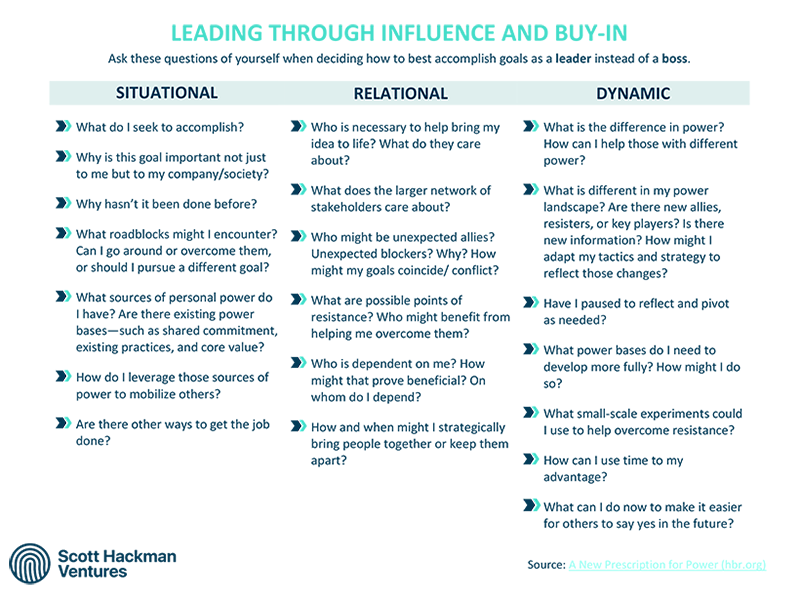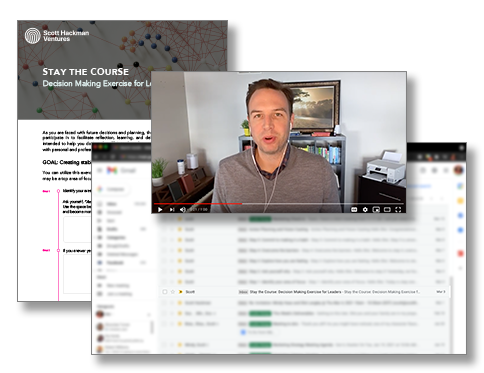Over the last several decades, the way we understand power dynamics has changed. We are experiencing a cultural shift in the workplace from a dominant culture to a connective culture.
Power vs. Influence in the Workplace
In the dominant workplace culture paradigm, power is emphasized in leadership and is often obtained from one’s position or resources. However, in a connective workplace culture, influence is the preferred method of leadership and often arises naturally from relationships, situations, or expertise instead of being bestowed by an existing hierarchy.
There are many ways to envision this leadership shift and how it may affect workplace culture:
Push or Pull Leadership
One framework is to think about leadership styles as more Push or Pull. Are you always pushing your people, or are you leading the way and “pulling” them with your influence?
Telling or Asking Leadership
Another way to illustrate this idea is to contrast a “telling” boss with an “asking” leader. One orders their people around; the other encourages initiative and curiosity.
Hero or Host Leadership
Finally, we can conceptualize this shift as one from being the hero to becoming a welcoming host. The hero wears a cape, looking to provide every solution to every problem. The host actively listens and allows space for others to participate in making decisions.
How to Shift from Leading with Power to Leading with Influence
The key to navigating the shift from power to influence in your leadership journey is the ability to adapt to change in general. The COVID pandemic and subsequent changing work norms have highlighted the importance of flexibility, resilience, and continued learning as crucial skills for today’s leaders. Other skills leaders need in this new cultural landscape include empathy, active listening, and human connection – in short, people skills.
Genuine Connection & People Skills Improve Leadership Influence
Our team had the opportunity to speak with Betty Monroe of Connective Engagement about this shift in leadership styles and to explore the ways in which people skills that support genuine human connection through empathy can make us more effective leaders.
Betty invited us to share one sweet and one sour thing from our lives with the group. This simple exercise emphasized our common humanity and offered a chance to practice empathy for both positive and negative experiences.
Betty emphasized that empathy is the key to building the healthy inner workings of any organization. Empathy at work is rapidly becoming one of the most important skills for both leaders and employees to acquire.
What is Empathy and How Does it Impact the Workplace?
Empathy is the ability to put yourself in someone else’s shoes; to imagine what you might think and feel if you were going through their experiences.
This is a skill that can be cultivated with practice. Empathy helps us to better understand the people around us, smooths the way for difficult conversations, and improves cooperation and collaboration in the workplace.
Our group of leaders discussed the importance of empathy in their work. One attendee described a situation where someone needed to be let go from the company. The issue was handled with empathy: the employee was treated with respect, offered help in finding their next position, and released with dignity. When we handle delicate situations with empathy, it makes an enormous difference in the employee experience as well as in workplace culture.
Free Leadership Tool
Here is a list of questions to ask yourself when deciding how to best accomplish goals as a leader instead of a boss.






